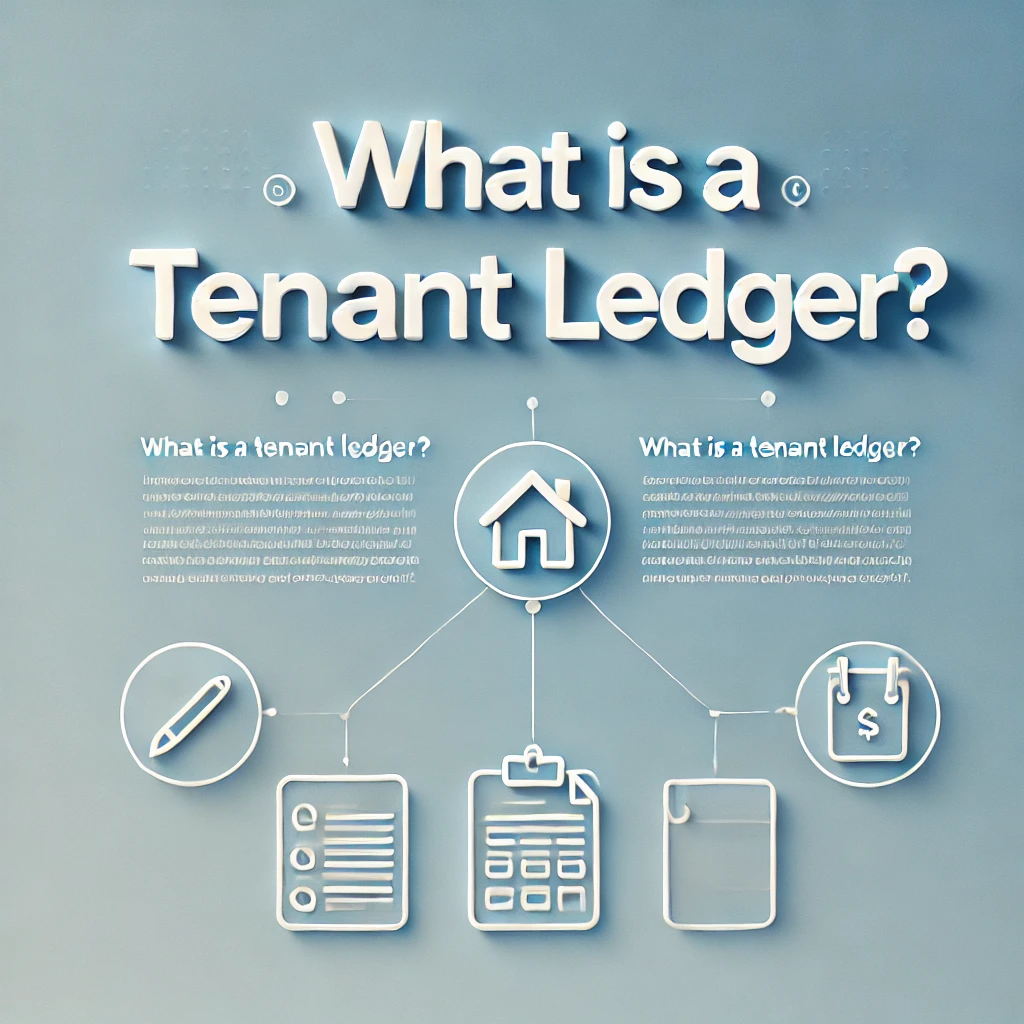
A Tenant ledger is a vital financial record of all the properties owned by the landlords. A tenant ledger is one of the most essential tools used in property management and keeps a complete record of the payments. A tenant ledger acts as the permanent and official record of rental costs. This article provides a comprehensive guide on what a tenant ledger is, delving into its meaning, key components, and benefits.
What is a tenant ledger?
A tenant ledger is an official financial record of properties such as rental apartments, shops, and other commercial areas. It is an important part of any tenant-landlord interaction. The tenant ledger contains all the information about pending payments, paid payments, due payments, and other residential area expenses. This record is essential for preventing any disputes between the landlord and tenant.
This term benefits both parties. The tenant ledger covers all the financials if the property manager has a second-party role in any property of the landlord, then this record also helps the tenant to give records to the landlord’s manager in any matter.
Key points of a tenant ledger
There are some key points or features of a tenant ledger and a complete guide for you to add these points to your tenant leger (account book):
1. Tenant’s personal information
- Name: Your tenant’s name for basic information.
- Contact number: A phone number for quick communication when required.
- Rental property address: The address of the rental property.
2. Rent details
Rent information and other requirements are important for the smooth processing between landlord and tenant. The following information about rent details includes:
- Lease (rent) start and end date: The start of the rent date and end date also should be mentioned in this account book.
- Month rent report: A clear monthly report of rent payments, including paid and unpaid amounts.
- Last date of rent payment: Dates should also be recorded in the ledger for payable and due payments, which helps prevent disputes.
- Deposit details: Details of the deposit should be mentioned for the previous and latest amounts.
3. Payment records
Payment methods like from which bank rent is paid and also their name be mentioned. The way of payment also is mentioned for records. Such as:
- Bank details: Name of bank, address of bank, and amount are mentioned for proper process.
- Card detail: Card detail for the person’s name or his account number.
4. Extra charges recordes
Include records of extra charges such as maintenance fees, repairs, or upgrades (e.g., pet enclosures or garden maintenance). These payments should be listed to provide clarity on property-related expenses.
Importance of a tenant ledger
It is not only a formality of collecting rent but it is also financially, personally, and morally important for many purposes:
1. Tracking transactions
- For tracking transactions, the tenant ledger is important, as you can check any money transaction details related to rental places.
- Helps in saving records of transactions and will help you to run a smooth business.
2. Helps in avoiding disputes
- If the records are all written in the account book which is the tenant ledger will avoid any dispute between the landlord and tenant.
- It provides proof with dates and days to avoid any dispute. For example, if a tenant claims that they paid rent and left the house, you can use the ledger as proof.
3. Provide historical records
- Information about the official time of tenants in the property. These can be very important records for providing any information to the other landlords in case of shifting new rentals.
How to manage a tenant ledger
For landlords and property managers, it is very crucial to manage a tenant ledger. Here are some fundamental tips for maintaining a tenant ledger effectively:
1. Regularly update tenant ledger
Make sure to add all the details about transactions, charges, and any other fees. Updating the ledger regularly makes sure you won’t miss anything.
2. Detailed data
Detailed data of amounts payments and charges for more precise information. Details like the specific date, day of the week, month, and year should be clarified to prevent any confusion.
3. Use digital software
Many property management software programs allow landlords to use software for the digital entry of data on their property for more precise and safe work.
4. Provide tenant access
Allow tenants to view their ledger, enabling them to monitor their payments and ensure transparency. This can be achieved through online platforms or dedicated property management software.
Conclusion
This article passes through information about what is a tenant ledger and also gives complete guidance on what is tenant ledger, its key components, its importance, and how to manage a tenant ledger. A tenant ledger is a crucial record for landlords, providing easy access to income and expense details. To maintain a tenant ledger it is very important for the tenant and ledger. Whether you are a landlord or tenant, a tenant ledger is essential for a smooth and hassle-free rental experience.







